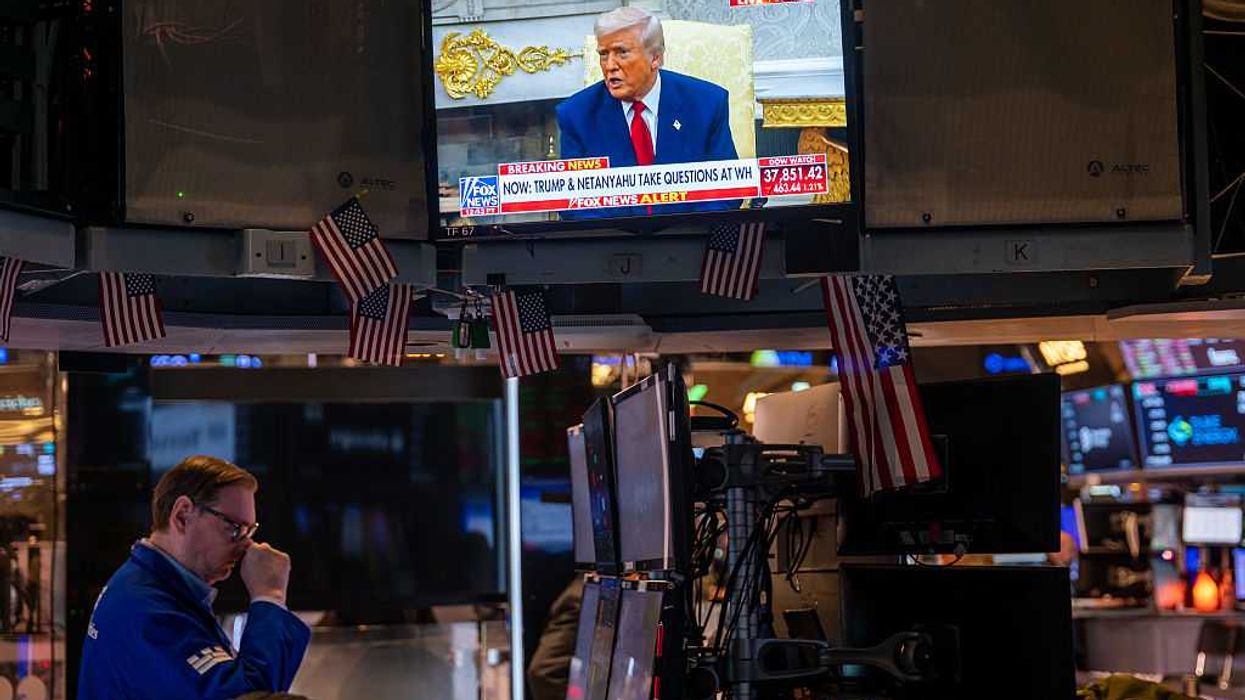During the recent election season, there was much talk of Trump’s plan to lay tariffs on the importation of foreign goods. Pundits, politicians, and journalists to the left of center consistently referred to them as a tax on the American people. Many of those to the right of center, especially those of the MAGA contingent, seemed to imply they are a pain-free way for the federal government to raise money.
Some correctly said that the country essentially ran on tariffs in its early history. Alexander Hamilton, the first Treasury Secretary and arguably the godfather of our initial financial system, successfully proposed and implemented a tariff system with two goals in mind. Fund the young American government and protect young American businesses against competition from established foreign companies. The second bill signed by President George Washington was a broad tariff bill.
While an income tax was imposed during the Civil War and repealed in 1872, the Supreme Court eventually ruled it unconstitutional in 1895. The modern income tax did not come into effect until after the 16th amendment to the Constitution was ratified in 1913, granting Congress the power to levy and collect taxes on incomes without apportioning it among the states or basing it on the U.S. Census. Until then, for over 120 years, tariffs had been the federal government's primary source of income.
While the concept of free trade and the related idea of each nation pursuing its own “comparative advantage” has been around for a long time, it did not become normalized in the United States until the mid-20th century.
Trump’s tariff proposals obviously have some protectionist sentiment about them and thus are contrary to the idea of free trade. However, he has also suggested extreme tariff proposals intended to influence the behavior of other countries, including on issues such as immigration control, and in retaliation for unfair trade practices.
Tariffs require approved legislation, but there are laws on the books that would allow Trump 47 to increase tariffs. These same laws were used by Trump 45 and Biden to impose tariffs on specific goods.
Perhaps I missed it, but I never heard a pundit, politician, or journalist providing basic information and understanding about tariffs and how they work. Contrary to those on the left, tariffs are not a direct tax on Americans, and contrary to the MAGA element of the right, they are not pain-free. Taken to an extreme, they would likely provoke similar tariffs by other countries in retaliation and could ultimately cause a global depression.
But where do they fall on that current political spectrum of being a direct tax on you versus a pain-free revenue source?
Tariffs are not a direct tax on the American consumer. They are a government-imposed cost to doing business with foreign producers. They are paid directly by the importer of applicable products, typically an American company, and not the foreign producer. At extreme levels (not just the 100% level Trump has mentioned in some cases, but even at lower rates, depending on the product), the importer will simply stop bringing the product in because it will be too expensive.
If the foreign company was able and willing to sell the affected product to the importer for, say, $100 and make a reasonable profit, while the domestic distribution system (importer, transportation, warehousing, retailing, etc.), was able to also make a reasonable profit with that core cost of $100, the entire scenario breaks down if the importer must suddenly pay $200.
If those foreign products are no longer imported, the American consumer demand will shift to competitive and substitute products made here in America. This demand applied to a lower supply will, in the short term, cause an increase in the price. It is not a tax on the consumer, but it is not pain-free either. Over time, some of this price increase will be tempered because American producers will increase their volumes in response to the higher price (and by extension, new jobs may be created). However, in the end, American consumers will pay more. [Note that essentially all government activity increases costs to the consumer, be it taxing, spending, regulating, or levying tariffs.]
What would happen with a less extreme increase in the tariff rate on a particular product? If Trump implements a 10% tariff on all foreign-produced “widgets” (or on particular widgets produced by one particular foreign country), what will happen?
Within economics, there is a concept called the price elasticity of demand. Very simplistically stated, the idea is that changes in price cause changes in consumer demand. Those changes in demand range from highly inelastic (a relatively small change in demand relative to the change in price), to highly elastic (a relatively large change in demand relative to the change in price). A product would have “unitary” elasticity if a given percentage change in price (say 10%) would cause a similar percentage change in demand. This measure is different for each product depending on its nature and depending on other market conditions. And, of course, price increases result in demand decreases (and vice versa).
It is hard to say what will happen with any given product but let’s look at a highly simplified hypothetical for a particular widget that has unitary elasticity if a 10% tariff is applied. Assuming the importer and the rest of the domestic distribution system, including the retailer, pass this increase in cost along to the consumer, demand will decline by 10%. However, foreign manufacturers do not like how this affects their volumes and profits. They may reduce their price to the importer by 3%, resulting in a net increase of 7% to the importer.
If this is passed on to the consumer, the demand now will only decrease by 7%. But the importer and the rest of the distribution system are not happy with this either and they collectively reduce their prices by 4% such that the net increase to the consumer is only 3%. Consumers then buy 3% less product, while paying 3% more for it. None of the participants in these adjustments are happy. But they all share in the cost, and yes the government collects that 10% in revenue. Domestic producers also likely increase their prices a bit and make a little more profit. We might like to think the government will reduce our taxes accordingly but don’t count on that.
In the end, reasonable tariffs are neither a direct tax on you nor a pain-free way to protect domestic companies and raise money for the government. They are a tool used by nation-states for several purposes. Any given tariff can have both positive and negative impacts.
Let's not let pundits, politicians, or journalists on either side of the aisle force their narrow views on us.



















